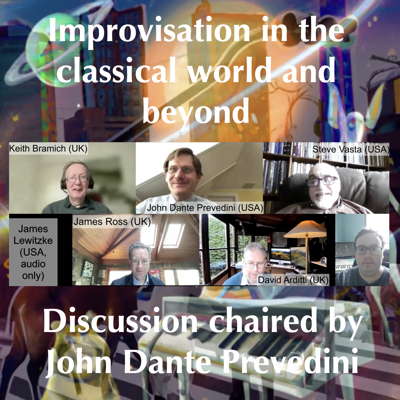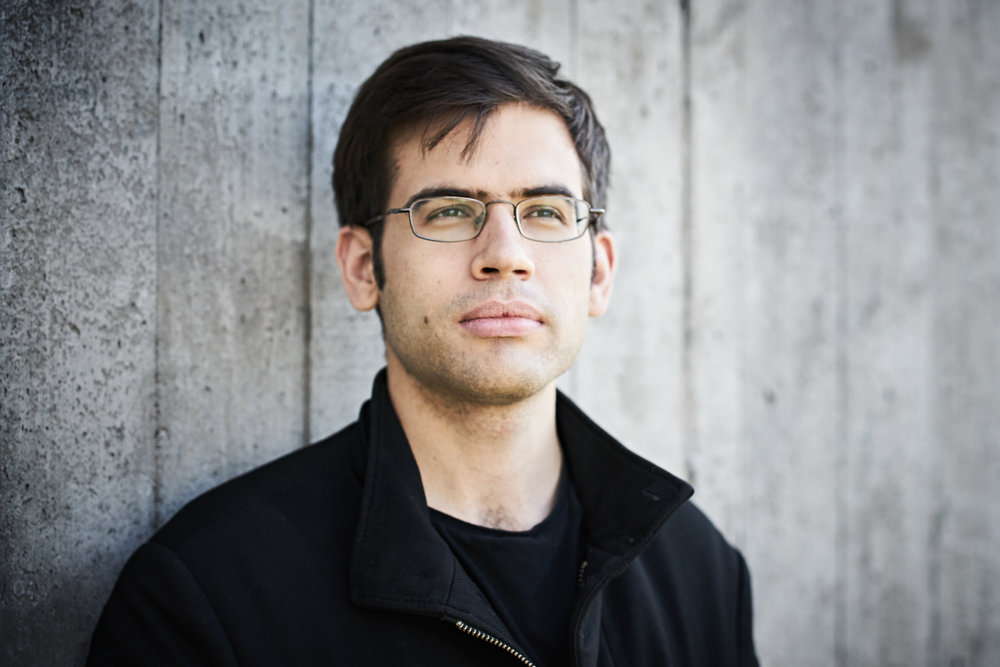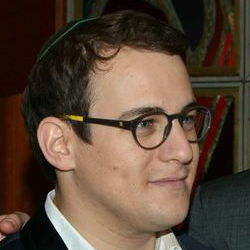 DISCUSSION: John Dante Prevedini leads a discussion about Improvisation in the classical world and beyond, including contributions from David Arditti, James Lewitzke, James Ross and Steve Vasta.
DISCUSSION: John Dante Prevedini leads a discussion about Improvisation in the classical world and beyond, including contributions from David Arditti, James Lewitzke, James Ross and Steve Vasta.
In the French Tradition
MIKE WHEELER listens to
Fauré, Lili Boulanger, Abdelmoula and Debussy
from Swiss pianist Jean-Sélim Abdelmoula
Swiss pianist Jean-Sélim Abdelmoula established his credentials as a player in the French tradition in a programme built round three of Fauré's Nocturnes - Royal Concert Hall, Nottingham, UK, 2 February 2020.
He began No 1 with a perfectly judged balance of poise and tension, bringing great clarity to the rolling bass figure that starts a few moments in. There was a welcome nod to the tragically short-lived Lili Boulanger, with three of her piano pieces. In the first two - D'un Vieux Jardin and D'un Jardin Clair - Abdelmoula allowed a touch of sombreness to shadow the ardour. Cortège, which I'm more familiar with in the violin and piano version, had a winning playfulness.
Abdelmoula's own Two Interludes, which he calls his 'Op 0', showed that he is also a composer of considerable talent. In the first, the initial rise from the depths is met by gentle chiming figures, leading to more abrupt contrasts, adroitly handled. The slightly more abrasive sound-world of No 2 balances the rarefied with the starkly brusque, as it explores aspects of a single motif. The two pieces are rounded off with a separately designated Coda. While the writing suggests a mash-up of Debussy, Bartók and early Messiaen, it goes beyond mere pastiche, asserting the composer's place in the succession.

Jean-Sélim Abdelmoula. Photo © 2017 Kaupo Kikkas
The centrepiece was Fauré's Sixth Nocturne, widely acknowledged as one of his greatest piano works. Every element was given its due, from the calm opening, to the big climactic statements, to the breath-catching central episode, with its sparkling upper-keyboard textures. Abdelmoula's grasp of the music's structural subtlety was matched by his control of dynamic shading.
In the Debussy group that followed (which, without telling us, he played in reverse order to that advertised) it was clear that he refuses to make lazy assumptions about 'impressionism' being simply a matter of misty vagueness. Details were pin-sharp where needed, even amid the shimmering movement and colour of Poissons d'Or, No 3 from Images, Book 2. Three of the Preludes made up the rest. La Terrasse des Audiences du Clair de Lune combined fluidity with a sense of the statuesque, and a beautifully judged placing of the final notes. Les Collines d'Anacapri showed a genuine feel for the hinted-at dance rhythms. Les Sons et Les Parfums Tournent dans l'Air du Soir was allowed to float without sounding aimless. In the little repeated figure at the end Abdelmoula, as Debussy asks, didn't just evoke distant horns, but actually made them recede into the distance.
He showed himself equally adept at handling the relative austerity of late Fauré in the outer sections of his last Nocturne, No 13, while pointing up the turbulence of the middle section.
Even on this limited acquaintance, Abdelmoula's place in the succession seems secure.
Copyright © 12 February 2020
Mike Wheeler,
Derby UK

FURTHER INFORMATION: GABRIEL FAURÉ
FURTHER INFORMATION: LILI BOULANGER
FURTHER INFORMATION: CLAUDE DEBUSSY



